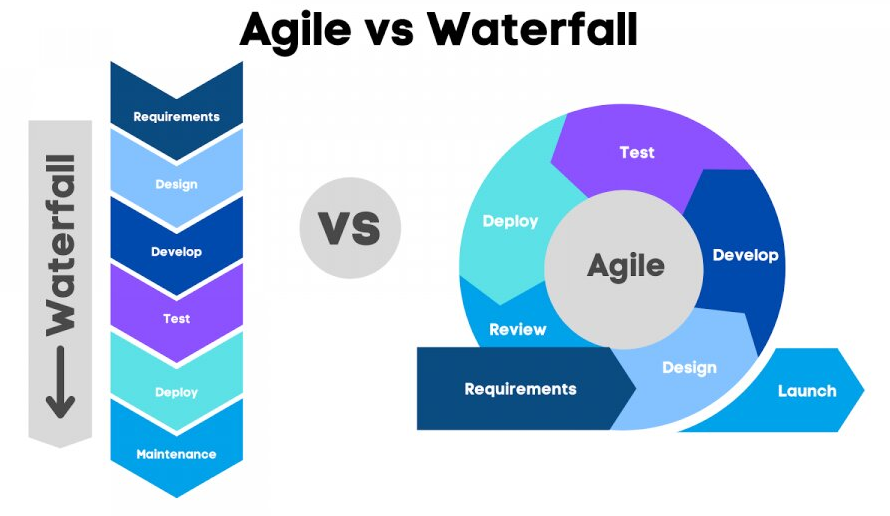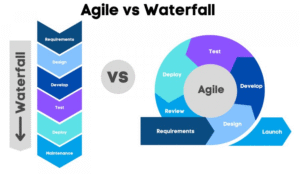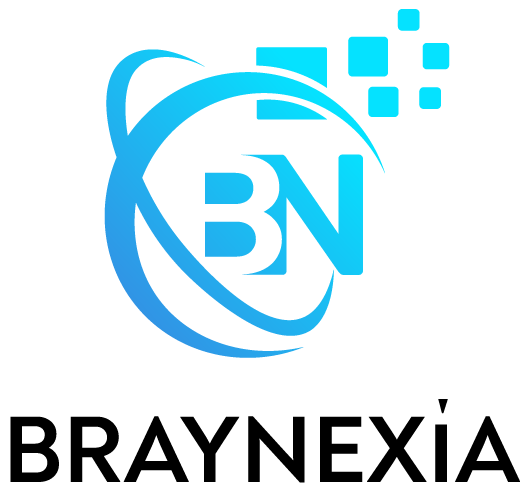
Choosing the right development methodology can make or break your software project. Agile and Waterfall are two popular approaches, each with strengths suited to different scenarios. Here’s a breakdown to help you decide.
Waterfall: Structured and Sequential
Waterfall follows a linear path: requirements, design, coding, testing, and deployment. It’s ideal for projects with fixed scopes, like government contracts or hardware-integrated systems. A manufacturing firm, for instance, used Waterfall to deliver a control system with clear, unchanging specs. However, its rigidity struggles with evolving requirements.

Agile: Flexible and Iterative
Agile breaks projects into sprints, delivering small, functional increments. It thrives in dynamic environments, like startups building apps with user feedback. A mobile game developer used Agile to tweak features based on beta testing, boosting user retention. Agile demands strong team communication and can feel chaotic without discipline.
Which to Choose?
Waterfall suits projects with stable requirements and regulatory needs. Use tools like MS Project for planning.
Agile fits projects needing frequent updates or customer input. Leverage Jira or Trello for sprint tracking.
Hybrid blends both: a medical software team used Waterfall for compliance but Agile for UI development.
Getting Started
Assess your project’s scope, timeline, and team size. Discuss with stakeholders to align on goals. Pilot Agile with a small feature or use Waterfall for a well-defined module to test the fit.
Takeaway
No methodology is “better”—it’s about context. Evaluate your project’s needs and team dynamics to choose wisely. What’s your current methodology, and does it spark joy or chaos?



